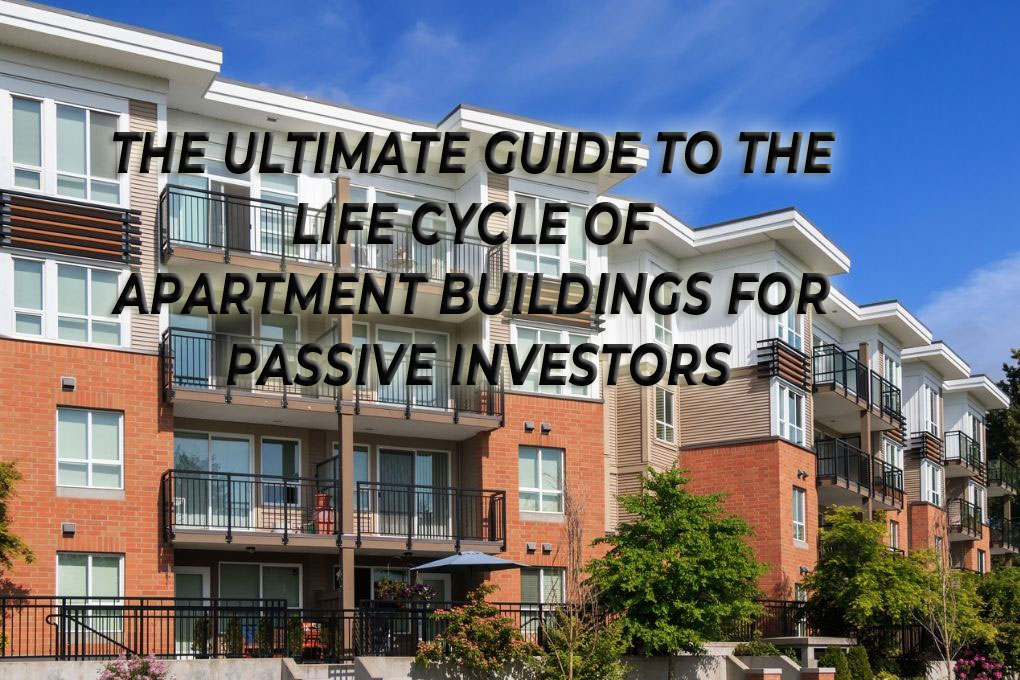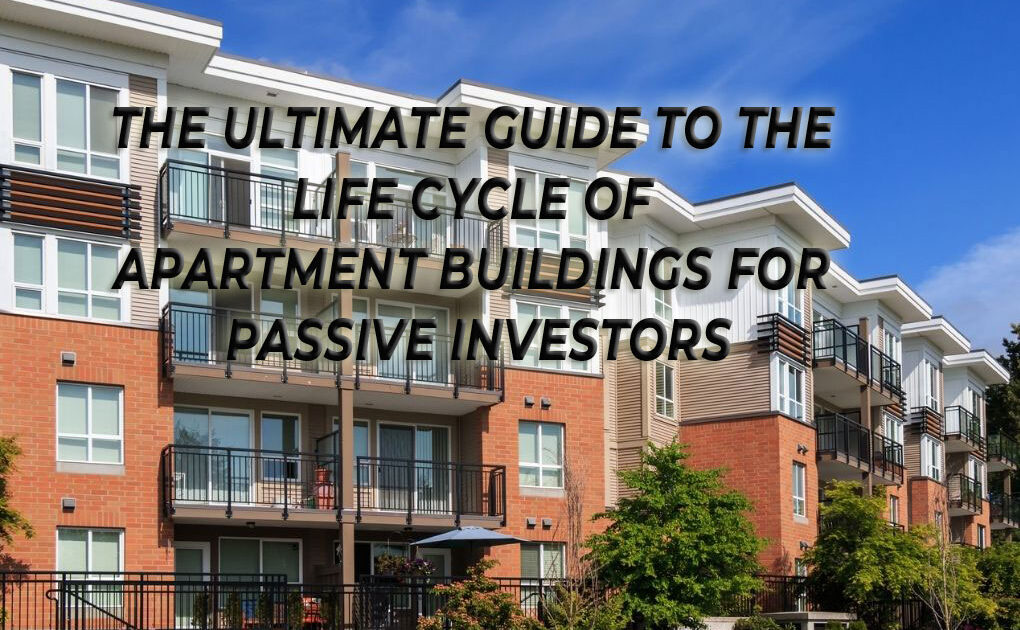Like any investment project, real estate investments have a life cycle. Each project is different, but the overall process is broadly the same. The idea is to purchase real estate, increase its value, and sell or refinance it at the appropriate time. When you participate as a passive investor, you do not need to be involved in the day-to-day activities of the project. However, knowing how the process works from your own and the general partner’s perspective can be very beneficial to your career as a real estate investor.
What is Real Estate Syndication or Co-Venture?
A real estate syndication/co-venture is one in which investors pool their capital to acquire a single property, usually a large commercial property such as an apartment building, office building, shopping center, or industrial park.
The investors in syndication/co-venture do not have real estate ownership directly; instead, they have a share of a corporation. This entity owns the real estate (partnership, limited partnership, or corporation). In this regard, a syndicate is a type of capital fund that is backed by real estate.
Syndicates/Co-Venture are usually structured and managed by an active general partner. Other participants invest in the syndicate/co-venture as passive investors with no operating obligations for the property.
What is the Life Cycle of Real Estate Syndication/Co-Venture?
The cycle of a real estate syndication/co-venture can be divided into two main phases:
- The Opportunity Assessment (Steps One-Four)
- The Property Operation (Steps Five-Seven).
Let us break down the steps of the syndication/co-venture life cycle:
- Deal Sourcing
- Discovery
- Offering (Passive investors join here)
- Closing
- Business Plan – Stabilization
- Business Plan – Stabilized
- Exit
i. Deal Sourcing
The process of finding business begins long before passive investors become aware of investment opportunities. Syndication/co-venture advisors can find deals through two routes: with brokers or dealing directly with sellers. Once a deal is identified, the active partner conducts an initial risk assessment and inspects the property. On the basis of underwriting, the active partner submits an offer to purchase the asset. If the offer is accepted, an agreement for purchase is signed. The active partner then conducts a more detailed inspection to ensure that the valuation and projections are correct based on the property’s present condition.
ii. Discovery
In the course of the discovery stage, the active partner team conducts a thorough investigation to verify the operational, physical and financial condition of the asset. If necessary, the team will renegotiate the acquisition price to resolve any issues that arise during the due diligence process.
iii. Offering
This stage usually lasts for around 30-60 days. If the active partner decides to purchase the property, it will engage an attorney to prepare the legal documents necessary for the purchase process. This includes, but is not limited to, the following:
- Purchase and Sale Agreement with Schedules

It is a formal offer to invest in a syndication venture. The key things to look for at this stage are the syndicator’s fee, the business plan’s details, and the risks factor with the investment.
- Company Operating Agreement & Articles of Incorporation
This sets forth the company being formed to purchase the asset and its operating rules.
- Share Agreement
It specifies the “shares” of the company to be purchased as an investment in syndication/co-venture.
At this stage, the passive investor may make a non-binding initial investment offer called a “soft commitment.” When the investor is ready, they will sign the legal documents and transfer the invested money to an trust account designated by the active partner group.
iv. Closing
Once the money is received, the acquisition of the property is complete, and the handover takes place. The active partner is going to work with the property management team as they take over the asset from the former manager and implement the business plan.
v. Business Plan – Stabilization
It is likely that the asset purchased was in poor condition or requires renovation. In pursuance of the plan shared during the offer phase, the finance officer will work with the property management team to oversee the implementation of the business plan to bring the asset to the desired condition. Even if the property’s condition is good at the time of acquisition, it will take at least some time for the property to stabilize as it is transferred from one management group to another.
During this period, the passive investor could receive cash flow payments from the first month or even months or years later, depending on the business plan shared during the offering phase. The passive investor does not have to do anything and will receive regular (monthly or quarterly) information about the property. During the stabilization period, updates are usually more frequent if there are significant changes to the property.
vi. Business Plan – Stabilized
Once the property is stabilized, the active partner team will manage the property as needed. During this post-stabilization period, passive investors will continue receiving regular investor reports and recurring cash flow distributions. Passive investors do not require any work.
vii. Exit
There are several possible exit strategies for a good syndication /co-venture deal, and they are also shared during the offering phase. The two most common exit strategies used are refinancing or selling the property.
Refinancing allows the beneficiary to take out a new loan on the property and benefit from the increase in the asset’s value and the income generated by the business plan by securing a new loan. In this case, the passive investor is no longer at risk (getting all their invested capital back) and can continue receiving income from the asset.
The sale proceeds similarly: after repaying the initial investment, an amount in surplus of the initial investment is distributed to the investors based on the dividend payout ratio announced at the time of the co-venture agreement.
Conclusion
As a passive investor, knowing the entire apartment building cycle is important as it gives you an idea of what happens during the transaction. This is valuable information for people interested in or getting started with real estate syndication/co-venture. While the involvement is minimal, understanding the entire cycle will clarify where the syndication/co-venture is in the cycle and help you align your expectations and actions to that stage.
